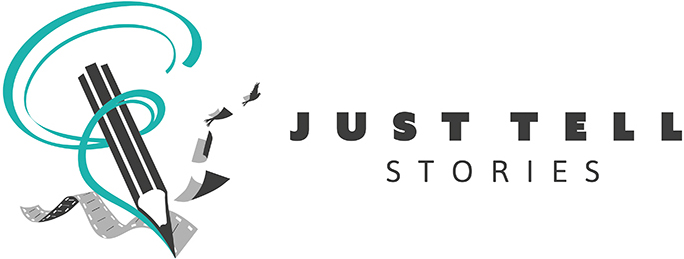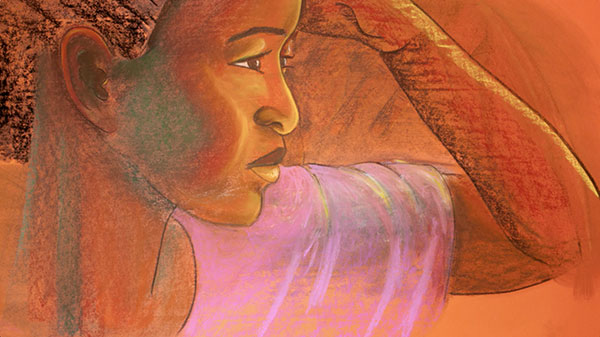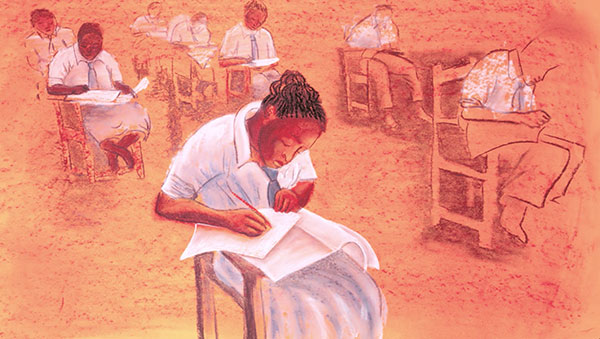The Challenge – The Steve Sinnott Foundation have a mission to make sure every child has a quality education. They need to spread the word and let people know what they are doing and why. They also need to raise funds for each project and for marketing.
How do they do this? By telling stories. Real stories of the people they work with, real stories of the challenges people face, and real stories that will make people stop in their tracks and remember their cause. They tell stories at conferences, in schools, online, and anywhere they can to make an impact.
But they didn’t want to do what other charities do and show tragedy after tragedy. A medley of pity and loss. Not at all. They wanted to celebrate the cultures of the people they work with, showing them in a positive light, and illustrating how people go to extraordinary lengths to make their lives better, and therefore how with help they can achieve phenomenal results.
The Solution – We helped them tell their stories in a meaningful and impactful way by making a compact true story about each of the places they work in. We made these films as animation as it is more cost effective and we can layer in references to historical events and frame each shot with the information needed to make maximum impact. We used hand made artwork to give the films more authenticity and make them stand out from the usual films online.
We also helped them set up a Crowd Funding Campaign to raise the funds to do the project. This was the first time they had done this, so we were able to walk them through the process step by step. It was a successful campaign and it enabled them to go ahead with the project, and at the same time increased their reach, adding more supporters to their database.








